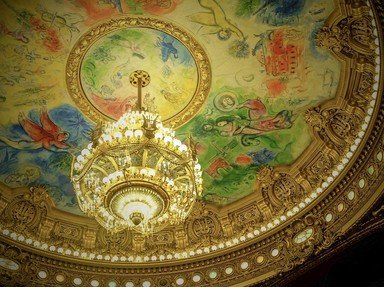Quiz Answer Key and Fun Facts
1. Puccini's last opera contains the aria "Nessun Dorma", sung by Luciano Pavarotti in the concert of "The Three Tenors" in 1990. What is the opera's title?
2. Which Italian classical tenor (1873-1921) gave his name to a song by Lucio Dalla?
3. Franz Lehar (1870-1948) is known as a prolific operetta composer. Several of his operettas were composed for a specific tenor singer. Who was Lehar's preferred tenor singer?
4. Corneliu Murgu is a tenor whom some of you might remember form his roles in "Cavalleria Rusticana" by Mascagni and "Pagliacci" by Leoncavallo. What is his nationality?
5. Which of the following tenors is better known for his movie career than for his opera career?
6. Which of the following Italian tenors made several international debuts in various theatres with the role of Faust in Arrigo Boito's opera "Mefistofele" during the period from 1915 until 1920?
7. Nicolai Gedda has been quoted as the "most recorded" tenor. Given the vast number of classical albums published each year, this moniker may be exaggerated - I doubt if anyone can keep counting. What is Gedda's nationality?
8. Placido Domingo is known for a large number of operas in which he sang the leading tenor. However, he also sang the baritone title role in one of Verdi's operas at the Metropolitan Opera in New York in 2010. What was the title of this opera by Verdi?
9. Music theory distinguishes between several variations of tenor roles. Which of the following German tenors has specialised in Mozart operas and is thus considered a Mozart tenor?
10. The recordings made by Pavarotti, Domingo and Carreras under the collective name "The Three Tenors" inspired other singers to join their forces, too. One of these formations is "The Platinum Tenors", a trio singing and acting with a notorious violinist and conductor. Who has included "The Platinum Tenors" in his show?
Source: Author
JanIQ
This quiz was reviewed by FunTrivia editor
kyleisalive before going online.
Any errors found in FunTrivia content are routinely corrected through our feedback system.

